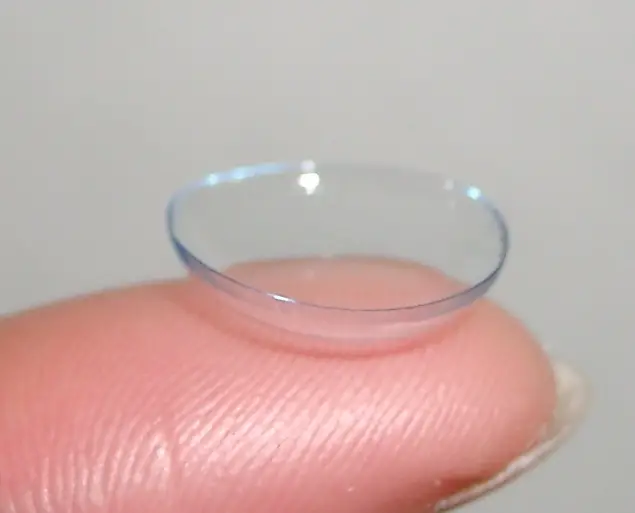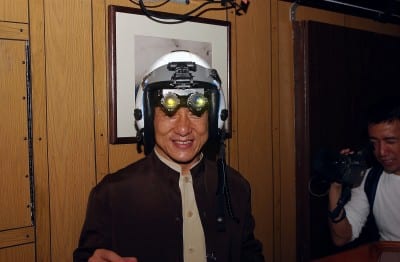
Night vision devices have played a part in any number of movies, tv shows, and video games as well as their prominent use in real life – mainly by the military and law enforcement. One thing has always been true of these devices: they’ve always been fairly big and bulky. The University of Michigan is looking to change all of that with a recent breakthrough in light detection.
This new detector works based on thermal imaging, which highlights the heat that’s given off by humans, animals, machinery, etc. Up until this discovery, infrared sensors needed to be cold to work. Most of the bulk for night vision devices is from cooling equipment. The breakthrough from the University of Michigan comes with light detection at room-temperature.
The U-M researchers have built the first room-temperature light detector that can sense the full infrared spectrum. Infrared light starts at wavelengths just longer than those of visible red light and stretches to wavelengths up to a millimeter long. Infrared vision is perhaps the best known variety of night vision. It can also help visualize heat leaks in houses, help doctors monitor blood flow, identify chemicals in the environment and allow art historians to see Paul Gauguin’s sketches under layers of paint.
Unlike comparable mid- and far-infrared detectors currently on the market, the new detector doesn’t need bulky cooling equipment to work.
Researchers wanted to use graphene for their detector, but graphene does not typically absorb an adequate amount of light to create the necessary electrical signal. They overcame this hurdle by changing the way they looked at the resulting electrical signal.
To make the device, they put an insulating barrier layer between two graphene sheets. The bottom layer had a current running through it. When light hit the top layer, it freed electrons, creating “holes” – gaps between electrons that act as positive charges. Then, the electrons used a quantum mechanical trick to slip through the barrier and into the bottom layer of graphene.
The positively charged holes, left behind in the top layer, produced an electric field that affected the flow of electricity through the bottom layer. By measuring the change in current, the team could deduce the brightness of the light hitting the graphene. The new approach allowed the sensitivity of a room-temperature graphene device to compete with that of cooled mid-infrared detectors for the first time.
The prototype is described as being the size of a pinky nail, with an easily scalable design. The professor working on this project envisions arrays of this device used in infrared cameras, and went on to reach even higher:
“If we integrate it with a contact lens or other wearable electronics, it expands your vision,” Zhong said. “It provides you another way of interacting with your environment.”
Source: Mashable, University of Michigan
Last Updated on November 27, 2018.











